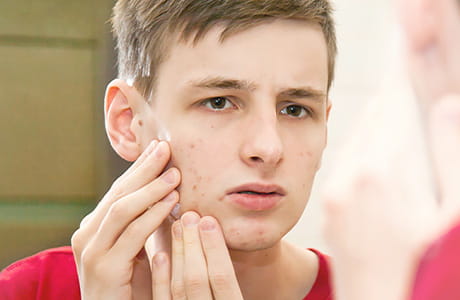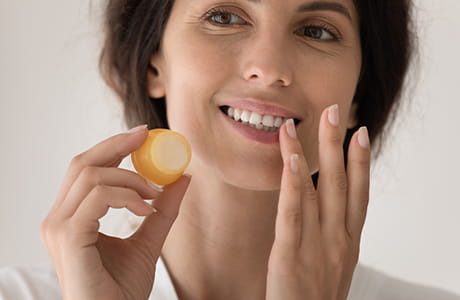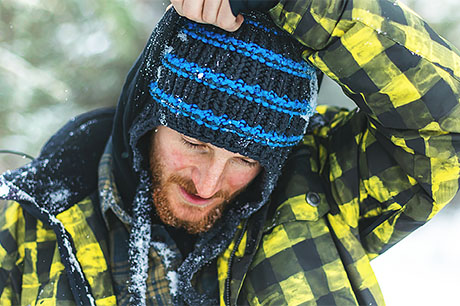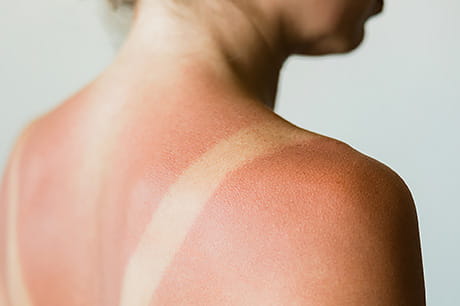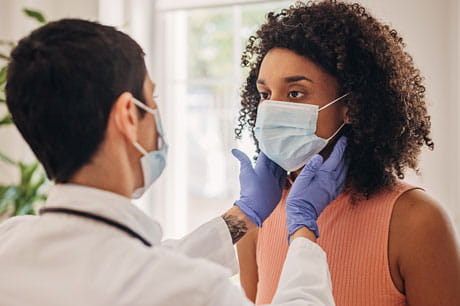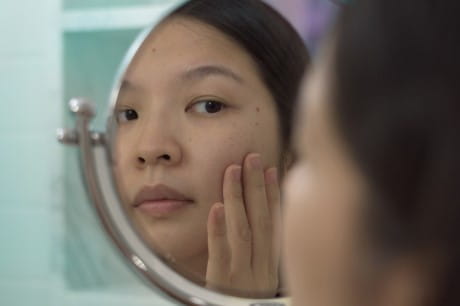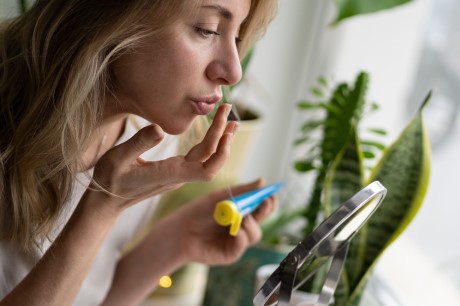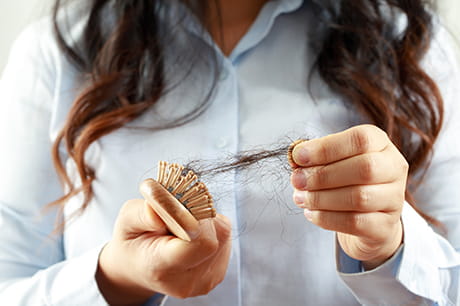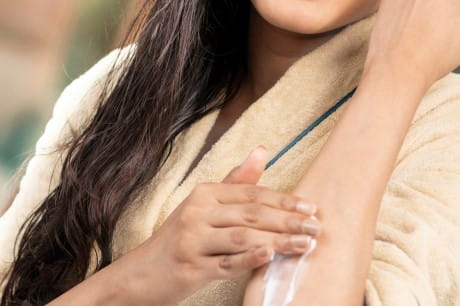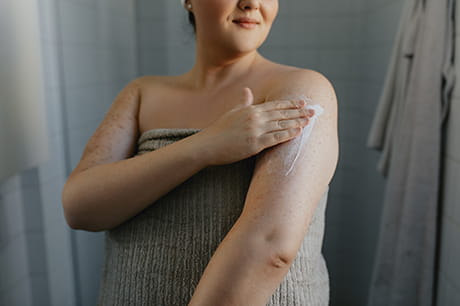How to find the best sunscreen this summer
,
Find the right one among so many choices
Break out the sunscreen! Summer is here, and so is sunburn season.
Even with increased awareness of the harmful effects of the sun’s rays, the Centers for Disease Control and Prevention (CDC) has reported a steady rise in skin cancer diagnoses since 1999. In fact, 9,500 Americans are diagnosed with the condition every day.
“Fortunately, skin cancer is very treatable and preventable,” said Geisinger Dermatologist Christine Cabell, MD. “As long as people are diligent with their skin protection.”
Here’s what you need to know to ensure that you have the best products and skincare habits for a sunburn-free summer.
Keep an eye on the labels
When browsing the shelves for the perfect sunscreen, you’re met with a lot of options. With products ranging from sprays to waxes, Sun Protection Factor (SPF) 15 through 90, water-resistant and now even glitter-filled, it can be overwhelming to choose what’s best for your family.
The sun emits two types of harmful rays: Ultraviolet A (UVA) and Ultraviolet B (UVB). Both can be blocked with broad spectrum sunscreen.
“When it comes to SPF, choose a sunscreen that is a minimum of 30 SPF, which blocks 97 percent of the sun’s rays,” said Dr. Cabell. However, no sunscreen will block all of the sun’s rays—even that bottle of 120 SPF.
SPF is a measure of sunscreen’s ability to protect your skin. For example, if it takes 15 minutes of direct sunlight to give you a sunburn, sunscreen with 30 SPF will prevent reddening about 30 times longer. But this redness, the telltale signs of sunburn, is only a product of UVB rays. Regular reapplication will also block less-visible damage from UVA rays.
You should also seek out water-resistant sunscreen for its staying power, but remember, water-resistant sunblock is just that—resistant, not waterproof. You’ll need to reapply after sweating through a volleyball game or a dip in the pool.
Not all ingredients are created equal
Beyond SPF, ultraviolet protection and water resistance, many of us are concerned about the ingredients we’re slathering onto our skin.
“Because it’s important to cover all exposed body parts with sunscreen and reapply often, you should understand what ingredients are in the formula,” said Dr. Cabell.
There are two broad categories of sunscreen formulas on the market: mineral and synthetic. Mineral sunscreens include titanium dioxide and zinc oxide, which are proven to be better for the environment, and have less of an irritating effect on the skin. However, these products turn a milky white when wet and need to be applied in larger doses.
Synthetic sunscreens encompass more than 30 ingredients and are often found in products with a thin consistency. Synthetic ingredients are more often used in water-resistant sunscreens because they don’t wash off as easily and stay transparent when wet.
Know how much you need and reapply often
According to the American Academy of Dermatology, the average person will need at least one ounce of sunscreen to cover all of the exposed areas of their body.
Some people are more sensitive to the sun than others, which means sunscreen may not be enough.
“Certain medications, antibiotics and topical skin creams are known to increase sensitivity to the sun,” said Dr. Cabell, “making it especially important to cover up with a hat and strong sunscreen.”
No matter the SPF, your sunscreen will still wear off with sweat, water and friction. All sunscreens should be reapplied at least every two hours, even on cloudy days.
Geisinger dermatologist Christine Cabell, MD, sees patients at 1155 East Mountain Blvd., Wilkes-Barre. To schedule an appointment with Dr. Cabell or another Geisinger dermatologist, call 570-275-6401 or visit Geisinger.org.
Even with increased awareness of the harmful effects of the sun’s rays, the Centers for Disease Control and Prevention (CDC) has reported a steady rise in skin cancer diagnoses since 1999. In fact, 9,500 Americans are diagnosed with the condition every day.
“Fortunately, skin cancer is very treatable and preventable,” said Geisinger Dermatologist Christine Cabell, MD. “As long as people are diligent with their skin protection.”
Here’s what you need to know to ensure that you have the best products and skincare habits for a sunburn-free summer.
Keep an eye on the labels
When browsing the shelves for the perfect sunscreen, you’re met with a lot of options. With products ranging from sprays to waxes, Sun Protection Factor (SPF) 15 through 90, water-resistant and now even glitter-filled, it can be overwhelming to choose what’s best for your family.
The sun emits two types of harmful rays: Ultraviolet A (UVA) and Ultraviolet B (UVB). Both can be blocked with broad spectrum sunscreen.
“When it comes to SPF, choose a sunscreen that is a minimum of 30 SPF, which blocks 97 percent of the sun’s rays,” said Dr. Cabell. However, no sunscreen will block all of the sun’s rays—even that bottle of 120 SPF.
SPF is a measure of sunscreen’s ability to protect your skin. For example, if it takes 15 minutes of direct sunlight to give you a sunburn, sunscreen with 30 SPF will prevent reddening about 30 times longer. But this redness, the telltale signs of sunburn, is only a product of UVB rays. Regular reapplication will also block less-visible damage from UVA rays.
You should also seek out water-resistant sunscreen for its staying power, but remember, water-resistant sunblock is just that—resistant, not waterproof. You’ll need to reapply after sweating through a volleyball game or a dip in the pool.
Not all ingredients are created equal
Beyond SPF, ultraviolet protection and water resistance, many of us are concerned about the ingredients we’re slathering onto our skin.
“Because it’s important to cover all exposed body parts with sunscreen and reapply often, you should understand what ingredients are in the formula,” said Dr. Cabell.
There are two broad categories of sunscreen formulas on the market: mineral and synthetic. Mineral sunscreens include titanium dioxide and zinc oxide, which are proven to be better for the environment, and have less of an irritating effect on the skin. However, these products turn a milky white when wet and need to be applied in larger doses.
Synthetic sunscreens encompass more than 30 ingredients and are often found in products with a thin consistency. Synthetic ingredients are more often used in water-resistant sunscreens because they don’t wash off as easily and stay transparent when wet.
Know how much you need and reapply often
According to the American Academy of Dermatology, the average person will need at least one ounce of sunscreen to cover all of the exposed areas of their body.
Some people are more sensitive to the sun than others, which means sunscreen may not be enough.
“Certain medications, antibiotics and topical skin creams are known to increase sensitivity to the sun,” said Dr. Cabell, “making it especially important to cover up with a hat and strong sunscreen.”
No matter the SPF, your sunscreen will still wear off with sweat, water and friction. All sunscreens should be reapplied at least every two hours, even on cloudy days.
Geisinger dermatologist Christine Cabell, MD, sees patients at 1155 East Mountain Blvd., Wilkes-Barre. To schedule an appointment with Dr. Cabell or another Geisinger dermatologist, call 570-275-6401 or visit Geisinger.org.
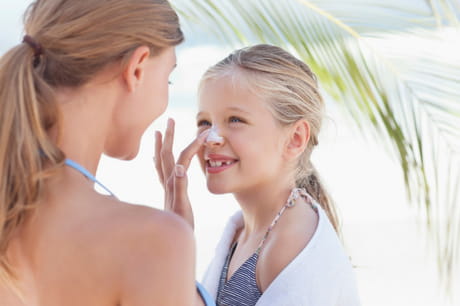
Content from General Links with modal content


